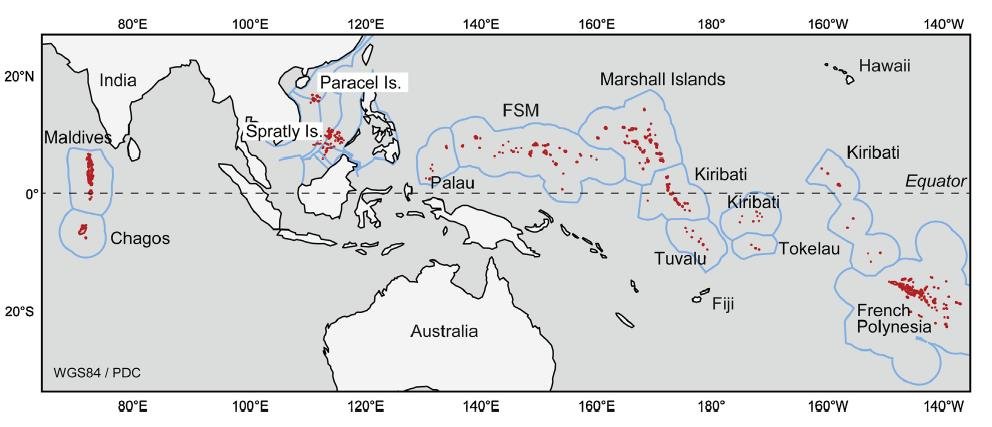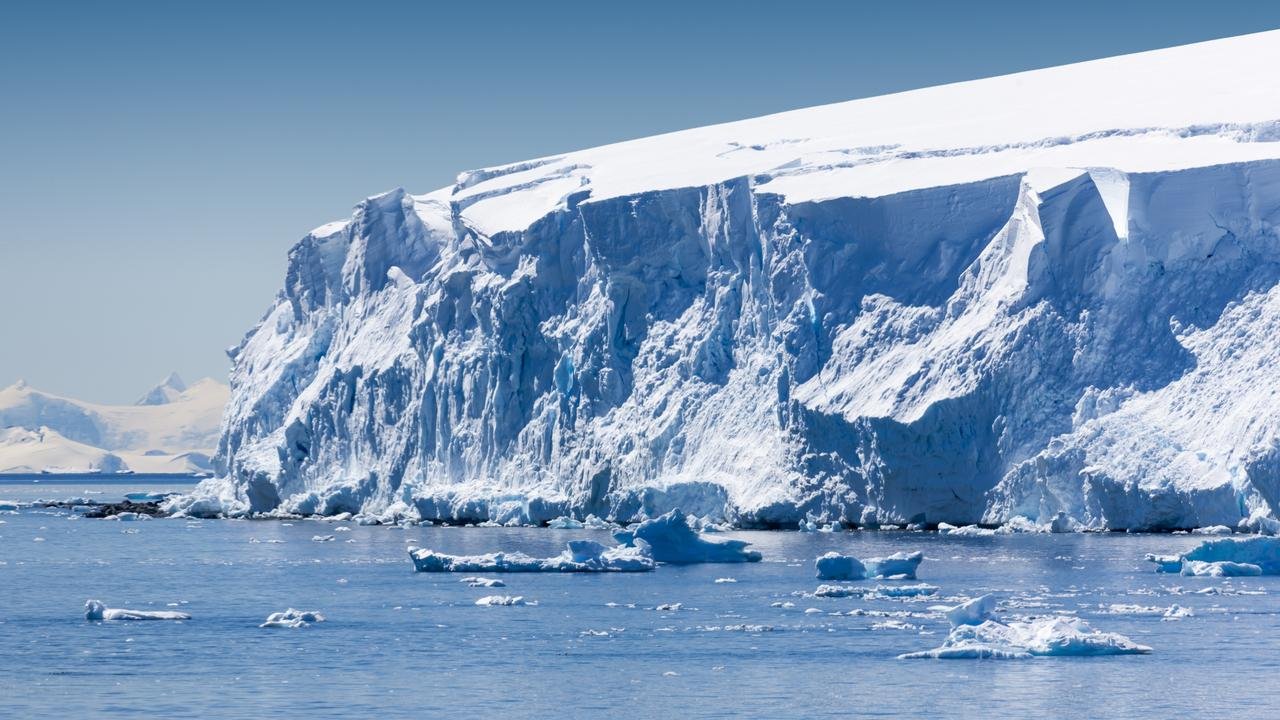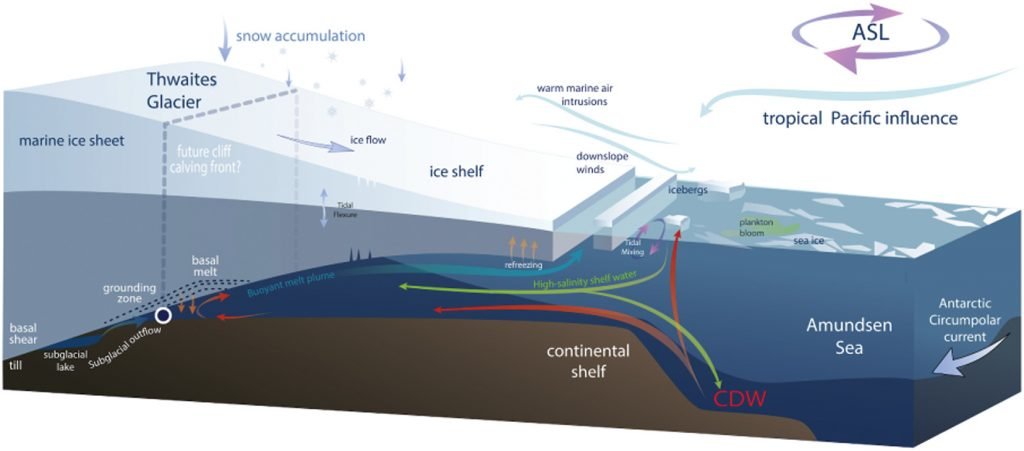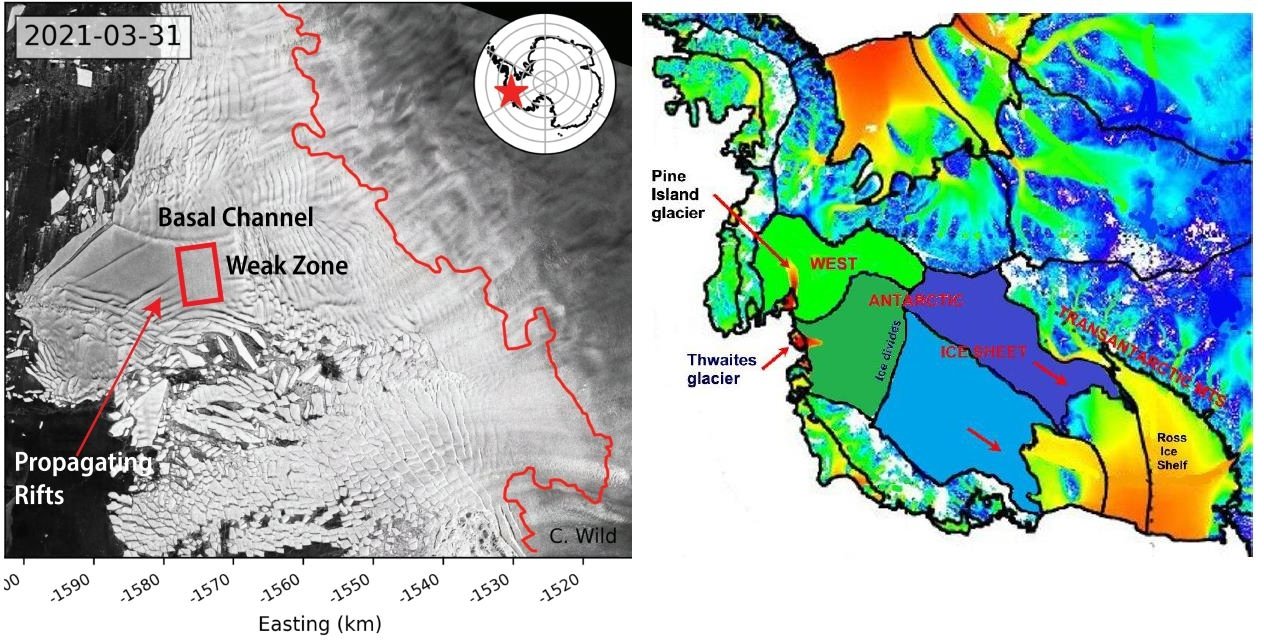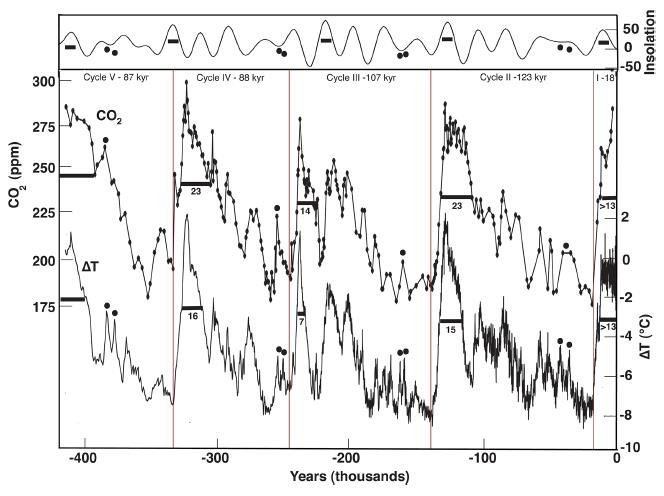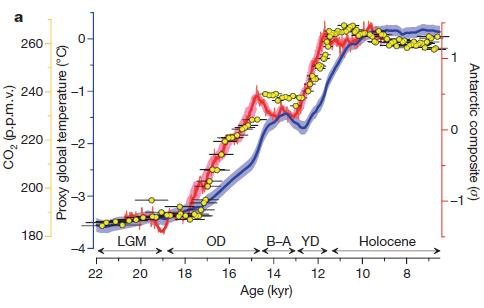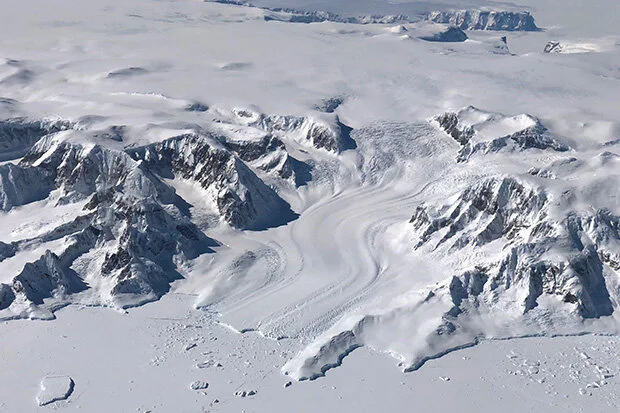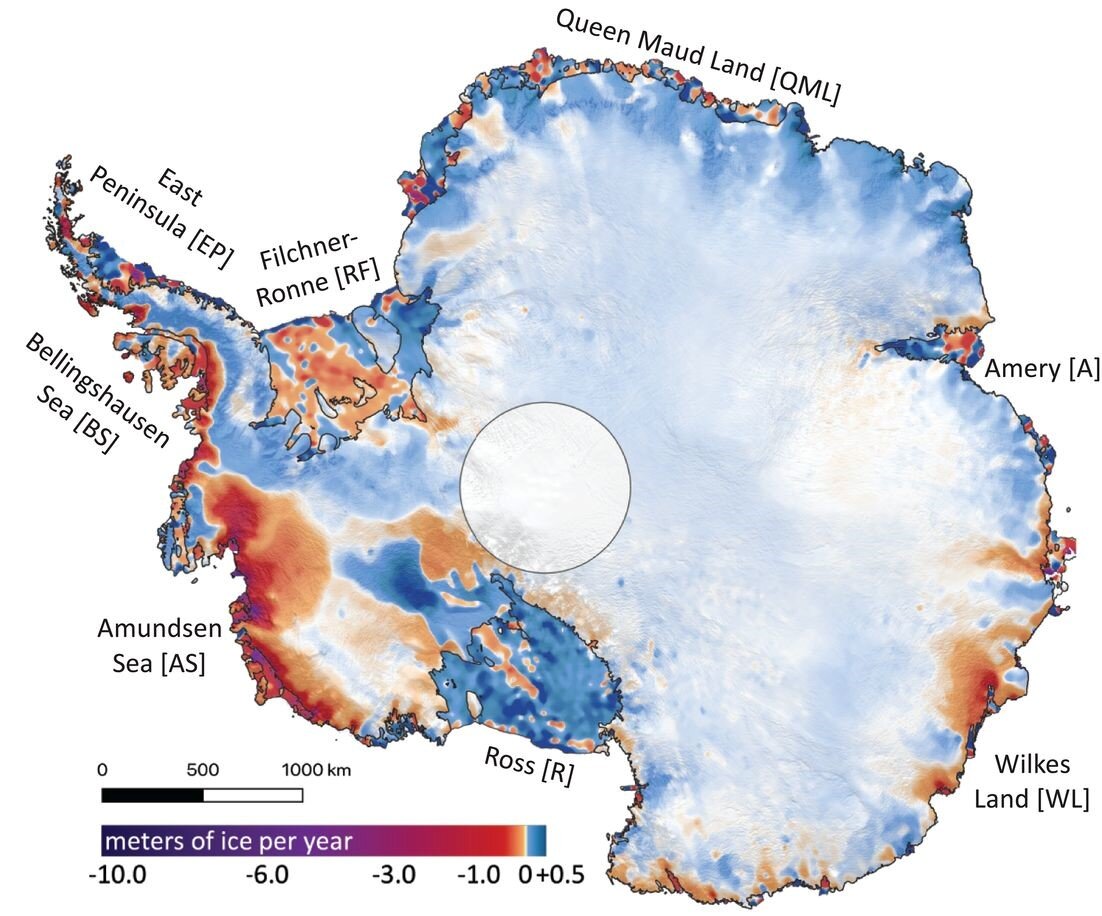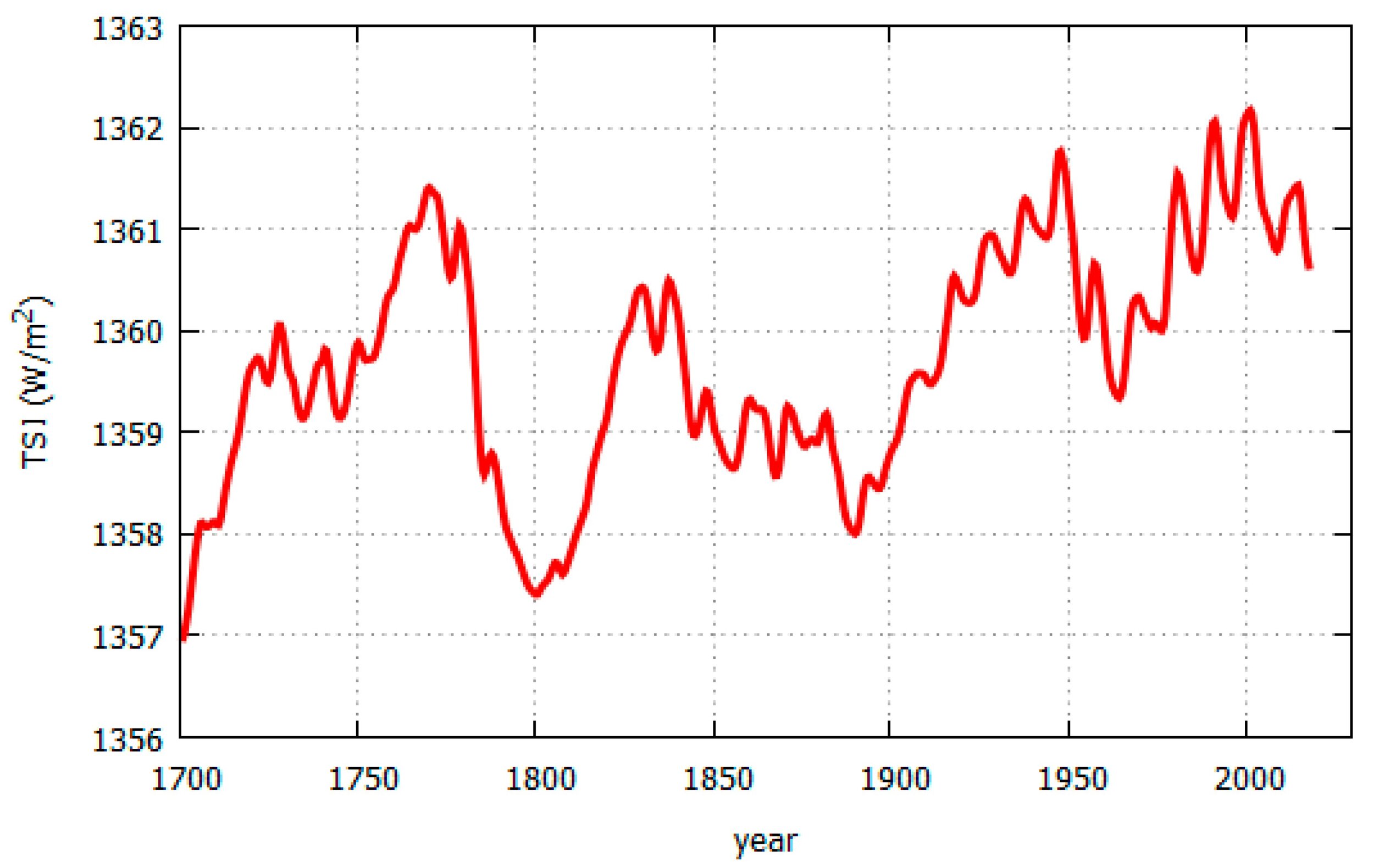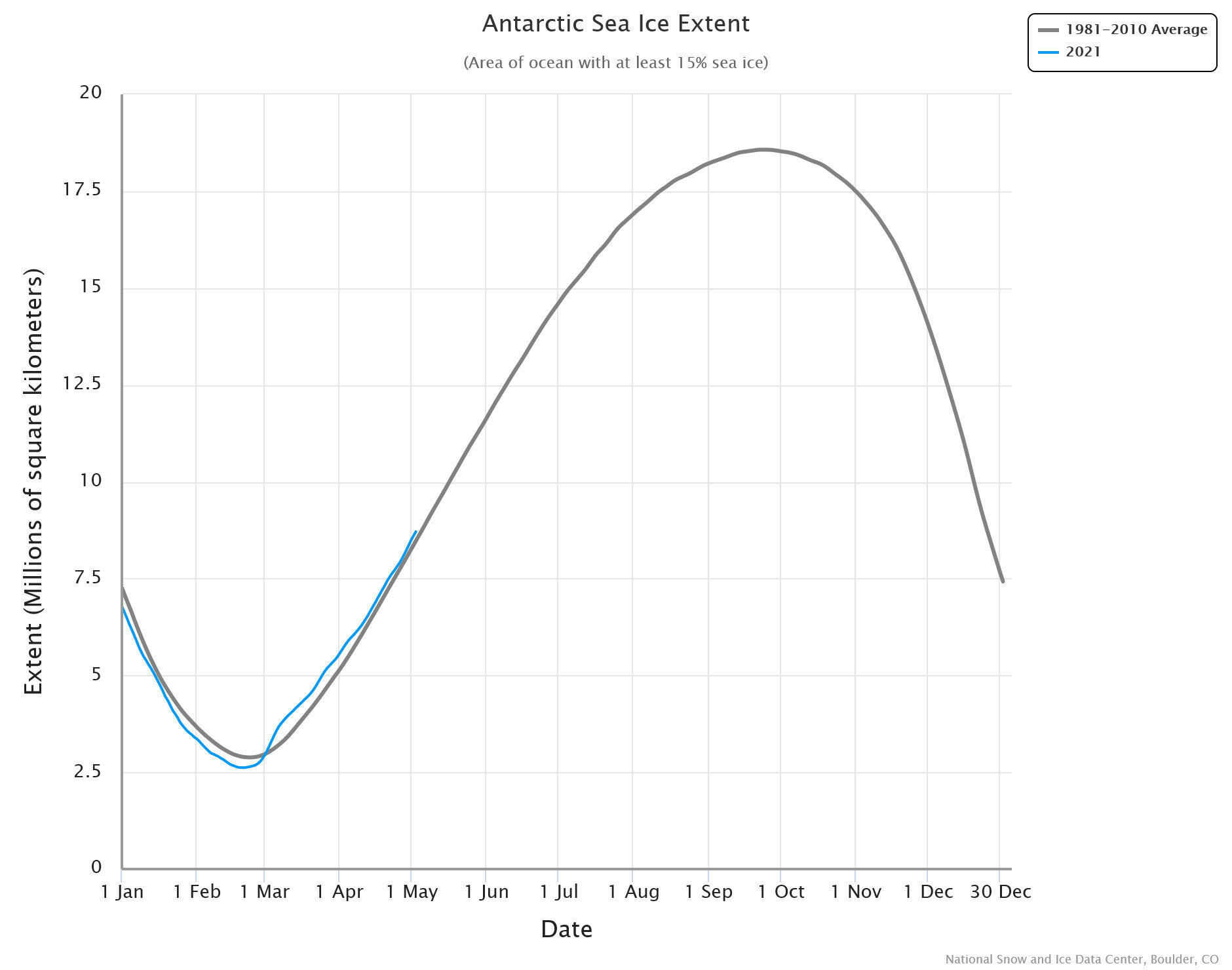No Evidence That Islands Are Sinking Due to Rising Seas
/According to the climate-change narrative, island nations such as the Maldives in the Indian Ocean and Tuvalu in the Pacific face the specter of rising seas, fleeing residents and vanishing villages. But recent research belies the claim that such tropical paradises are about to disappear beneath the waves, revealing that most of the hundreds of atolls studied actually grew in size from 2000 to 2017.
Low-lying atoll islands consist of a ring-shaped coral reef partly or completely encircling a shallow green lagoon in the midst of a deep blue sea. Perched just a few meters above sea level, these coral-reef islands are susceptible to rising waters that can cause flooding, damage to infrastructure and the intrusion of saltwater into groundwater. Such concerns are behind the grim prognosis that islanders will become “climate refugees,” forced to leave their homes as the oceans rise.
However, two recent studies conclude that this threat is unfounded. A 2021 study analyzed changes in land area on 221 atolls in the Indian and Pacific Oceans, utilizing cloud-free imagery from Landsat satellites. The atolls studied are shown in red in the following figure. Apart from the Maldives and Tuvalu, the dataset included islands in the South China Sea, the Marshall Islands and French Polynesia.
The study found that the total land area of the atolls increased by 6.1% between 2000 and 2017, from 1,008 to 1,069 square kilometers (389 to 413 square miles). Most of the gain was from the Maldives and South China Sea atolls, which together accounted for 88% of the total increase, and came from artificial building of islands within those areas for development of infrastructure, extra land and resorts.
As shown in the next figure, the areas of two island groups – French Polynesia and Palau – did diminish over the study period. Although these two groups accounted for 68 of the 221 atolls studied, the combined decrease represents only 0.15% of the global total area. The Republic of the Marshall Islands is designated as RMI; the percentages at the bottom of the figure are the increases or decreases of the individual island groups.
An earlier study by the same researchers analyzed shoreline changes in the 101 reef islands of the Pacific nation of Tuvalu between 1971 and 2014; this excluded the 9 atolls forming part of the subsequent study. During these 43 years the local sea level rose at twice the global average, at a rate of 3.9 mm (about 1/8 of an inch) per year. But despite surging seas, the total land area of the 101 islands expanded by 2.9% over the slightly more than four decades. The changes are illustrated in the figure below, where the areas on the horizontal axis and the changes on the vertical axis are measured in hectares (ha).
Altogether, 73 reef islands grew in size – some by more than 100% – and the other 28 shrank, though by a smaller average amount. Light blue circles enclosing symbols in the figure denote populated islands. Tuvalau is home to 10,600 people, half of whom live on the urban island of Fogafale in Funafuti atoll. Fogafale expanded by 3% or 4.6 hectares (11.4 acres) over the 43-year study period.
Concerns about rising seas in the Maldives, the world’s lowest country, gained worldwide attention in 2009 when the Maldivian president and cabinet held an underwater meeting at the bottom of a turquoise lagoon. But the theatrics of ministers clad in black diving suits and goggles, signing a document asking all countries to reduce their CO2 emissions, were unnecessary. A research paper published subsequently in 2018 by Northumbria University scientists found that the Maldives actually formed when sea levels were even higher than they are today.
The researchers studied the formation of five atoll rim islands in the southern Maldives, by drilling cores in sand- and gravel-based reefs. A timeline was established by radiocarbon dating. What they found was that the islands formed approximately three to four thousand years ago, through the pounding on the reefs of large waves caused by distant storms off the coast of South Africa.
These large waves, known as high-energy wave events, broke coral debris off the reefs and transported it onto reef platforms, initiating reef island growth. Sea levels at that time were at least 0.5 meters (1.6 feet) higher than they are today, so the waves had more energy than current ocean swells. Further vertical reef growth is possible in the future, the study authors say, as sea levels continue to rise and large wave events increase, accompanied by sedimentation.
Next: Little Evidence That Global Warming Is Causing Extinction of Coral Reefs


